
Among the hacks for getting nature in when you can’t get out (nature documentaries, reading about nature on Armchair Naturalist, nature-based arts and crafts), there’s another way to expose your child to nature: biophilia.
If you’ve never heard of biophilia, don’t worry, it’s nothing medical. Biophilia simply describes the urge we have as humans to be around nature, or our natural draw to the natural world. The American biologist, naturalist, and writer E.O. Wilson defined it in the 80s as “the urge of human beings to affiliate with other forms of life.” And biophilia was actually known to the ancient Greeks, as Aristotle made reference to it in his writings. It proposes that we have an evolutionary predisposition to recognize and relate to the natural environment.
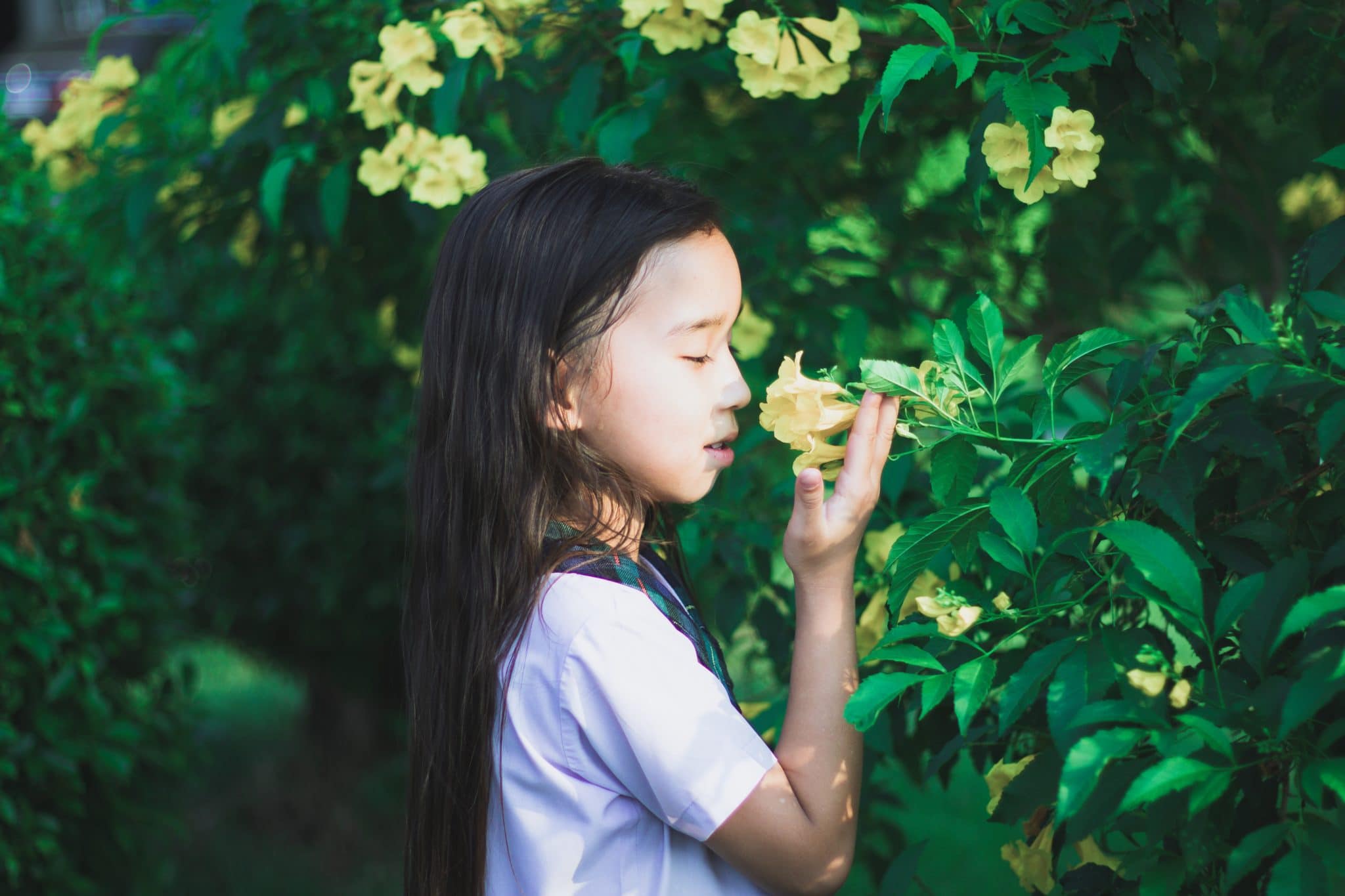
So how do we experience that affinity to nature in our high tech, modern lives? It varies among individuals but it’s the wave of relaxation you feel when listening to ocean waves, the comfort of a breeze against your face, the spirit-uplifting smell of pine of a forest, or the surge of happiness you feel when you catch a glimpse of a robin in early spring.
But it’s more than a (good) feeling. Our bodies know that being close to nature brings us health benefits, and is actually essential for human wellbeing. Among the benefits, exposure to nature reduces heart rate variability and pulse rates, decreases blood pressure, lowers cortisol and sympathetic nervous system activity.
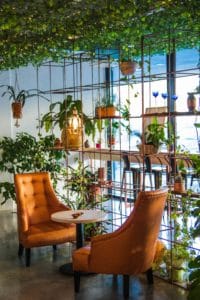
These benefits may be felt more intensely when we are outdoors but they are not exclusive to the outdoors. Bringing nature into indoor spaces can have a huge impact on how we feel. Studies have shown that adding biophilic elements to workplaces, hospitals, living spaces and schools can reduce stress, blood pressure and heart rates, while increasing productivity, creativity and overall well-being.
With children spending more time indoors than ever before (the average child today spends 90% of his or her time indoors) it’s important that caregivers and educators also think about bringing nature in. Here are some easy ways to bring nature into your home or classroom
PLANTS
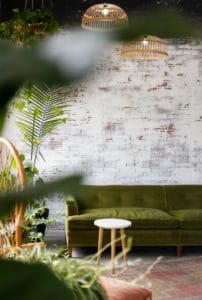
One of the many “beauties” of plants is that you can add them anywhere: classroom, house, high rise. Plants not only provide a visual connection to the natural world, they bring an added bonus of improving indoor air quality by capturing pollutants. And you don’t need a full greenhouse, just a few plants on the windowsill or in your child’s room can boost their wellbeing. Though, if you have the room, a small indoor green wall might be just the thing your space needs.
Many flowers, ferns, and grasses do well inside small pots. If you want something that also provides nourishment, consider an indoor herb garden, dwarf citrus tree, or even small vegetables. For air purifying consider ferns, the peace lily, and Areca or bamboo palm.
Make plant watering and pruning a daily chore. The act of caring for plants and seeing them thrive will give your family or class a boost.
FURNITURE
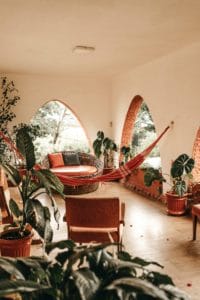
Whether you’re looking for new dining room furniture or the perfect place for your child or students to lounge in a reading nook, bring biophilia into indoor space by opting for natural materials like wood, stone or slate. Natural materials bring in the textural and pattern variations that we experience in nature and are a great way to “biophilize” a space. Materials such as bamboo, rattan and wood have a natural tactility to them and bring in a sense of warmth.
TEXTURE & COLOR
What could more soothing than the colors found in the natural world? If you love the desert, try adding more chalk, sand, dove grey, muted sage green. Channel the ultimate palette of nature with the colors of sunsets such as burnt orange, light pink, and deep purple, yellow. If you want to bathe in the colors of the forest, try a palette of greens and browns. For city dwellers, color is your chance to go beyond the sterile and cold concrete and asphalt of your immediate neighborhood. And don’t forget about prints inspired by nature such as botanicals which can bring a pop of biophilia into your home or classroom in the form of prints on walls, pillows or other upholstery or other accessories.
Like color choice, deliberate choice in texture is another important biophilia opportunity. Think about tiles with honeycomb-shapes or rug tiles that look like moss. Opt for linen, organic cotton and wool in your soft furnishings and accessories.
AIR
The air we breathe is crucial to our well-being so our homes should offer us plenty of fresh air and daylight. Don’t forget to open windows even when it’s chilly out. An open window allows kids to hear the magical sound of the rain, wind or birds singing, and connect us to the season and weather.
Of course, candles and essential oil diffusers are an excellent way to bring in the scents of the natural world. Think about adding eucalyptus, rosemary, mint, lavender or bergamot to evoke the natural world.
LIGHT
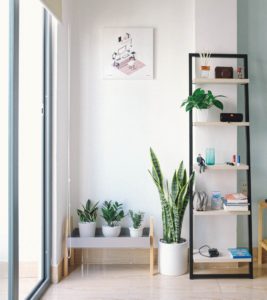
Just like plants, humans need lots of natural light to survive and feel good. We are healthier when our circadian rhythms (the natural 24-hour cycle that helps us feel energized in the morning and ready for bed in the evenings) are balanced so keep in mind that having access to good daylight helps with that. Arrange your child’s desk so it is next to a window as the natural light will help them stay alert and focused.
Of course the brighter and airier the better, but we can’t always live in a sun-drenched home or space. You can make sure that window treatments don’t block out the light or you can use mirrors to bounce light around.
LINE
One of the basic principles of interior design is to respect the line in a room. For biophilic rooms, try to bring out soft, natural lines wherever possible. Remember that straight lines and sharp angles are less common in nature, yet today, most of our building materials are dominated by straight lines and right angles. In your choice of furniture or accessories, go for curves in the form of curved sofas or chairs, round or oval tables, or tiles with wavy patterns.
BRING IN THE ELEMENTS

Fire. Water. Earth. Adding the basic elements into your everyday living space can absolutely help to connect us to the natural places. With kids, you’ll want to be cautious about safety but adding a firepit in your backyard, a fountain in your living room, or even clay pots or vases with pebbles just about anywhere are an excellent way to bring in the elements.
Adding these elements from nature into your space should help it go from sterile to natural, boosting you and your child’s moods and helping to connect us to the natural place that we live within.
A super-fast way to grow herbs in a few weeks. Grow fresh herbs & veggies all year round in this indoor herb garden.
We love that this indoor plant stand is made of anti-corrosion and insect protection bamboo. Beautiful symmetry will show off all of the oxygen-producing indoor plants you can keep!
The serene blues and greens captured in a throw rug can turn any space into a place to appreciate nature.
Bring the outdoors inside with a beautiful watercolor print.
Beautiful painting for a child's room or a living room, bird art is some of our favorite art.
Here's a log you can snuggle up to. This wood log pillow is soft and comfy, yet it brings some of the natural world inside!
What can be more comfortable than sleeping in a peaceful forest? Turn any bedroom into a true nature sanctuary with a forest-themed comforter sets.
You'll be impressed with the birch bark finish on the exterior of this candle, as it brings a feeling of nature into your home


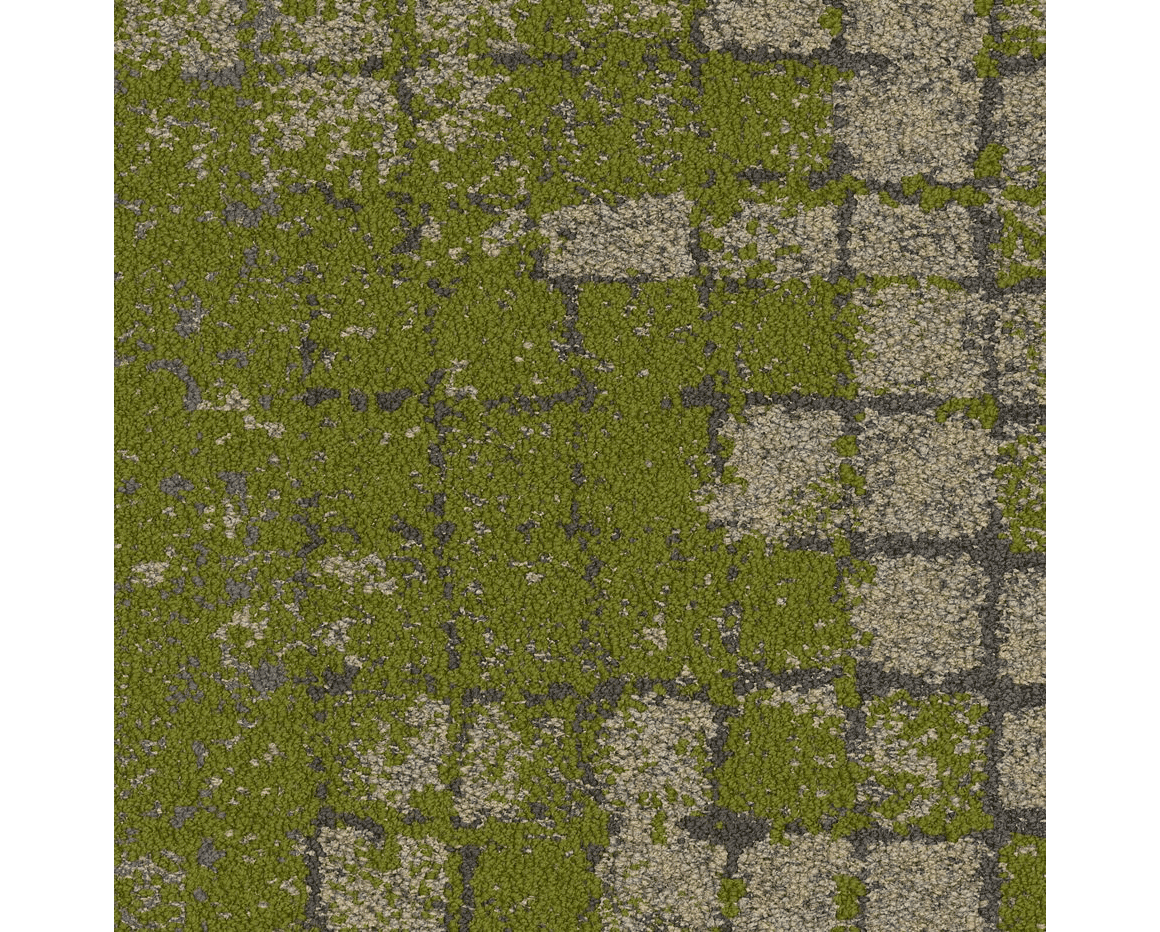









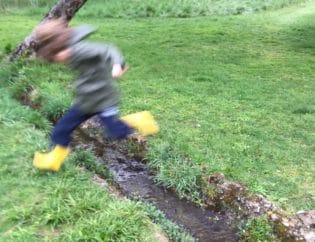
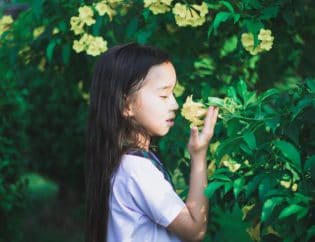



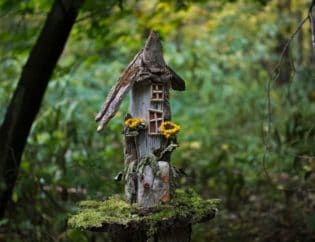


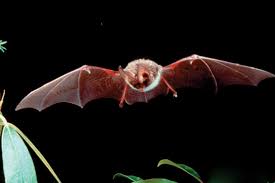
If you don’t have a home or room with large windows and sunlight can “daylight” bulbs serve the same purpose?
Thanks for reading. Yes, you can. Here’s a good source for learning more: https://todayshomeowner.com/how-to-grow-houseplants-in-artificial-light/#:~:text=Sunlight%20is%20the%20perfect%20balance,offices%20with%20enough%20artificial%20light.